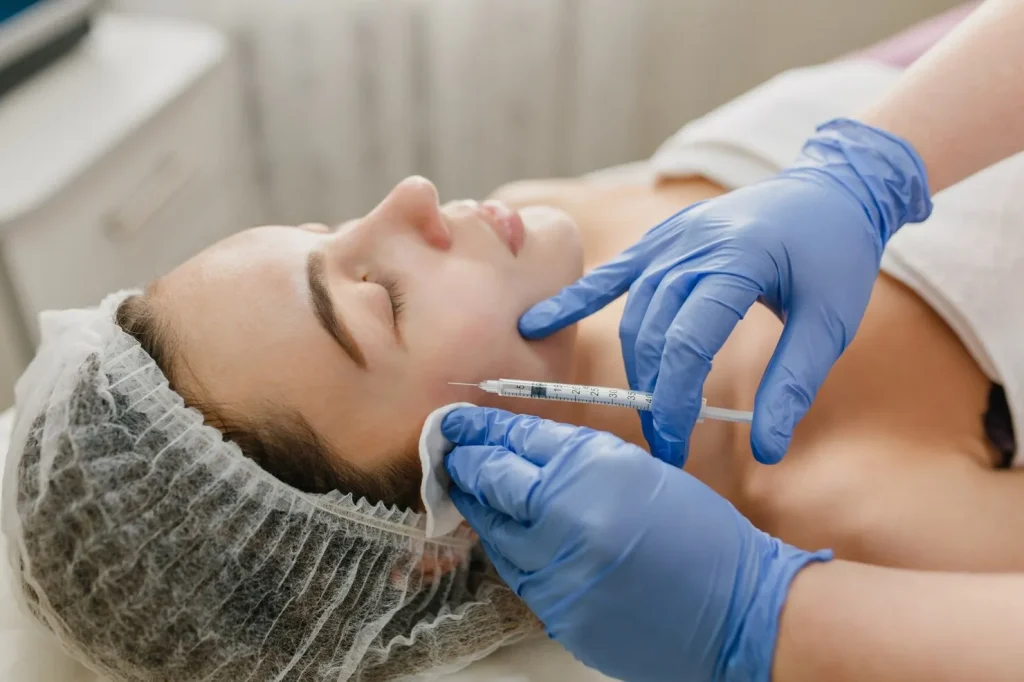Anti-aging treatment

What Is Botox?
Botox is a drug doctors have been using for years to treat wrinkles and facial creases. Botox is a brand name of a toxin made by the bacterium Clostridium botulinum. There are other brands, such as Dysport and Xeomin. Botox is the term you hear most often because it was the first injectable botulinum toxin.
How Is Botox Used?
The most common reason doctors use Botox is to reduce the appearance of face wrinkles.
But getting a Botox shot can help treat other conditions

What are face fillers?
Hyaluronic acid or NASHA (Non-Animal Stabilized Hyaluronic acid ) is a popular synthetic injectable filler marketed by many renowned companies with various trade names. These are completely inert products that are cleared by our body slowly by hydrolysis (converting to water). They are completely harmless with no side effects. Injecting these fillers is quite like giving an injection.
What are the advantages of natural fillers such as fat?
Fat is autologous, which means your own tissue. There is no risk of rejection. Fat is an excellent source of stem cells. These stem cells contribute to a rejuvenating effect.
How Does Botox Work?
Botox blocks signals from the nerves to the muscles. The injected muscle can’t contract. That makes wrinkles relax and soften.
Botox is most often used on forehead lines, crow’s feet (lines around the eye), and frown lines. Botox won’t help with wrinkles caused by sun damage or gravity.
How Does Filler Work?
The filler will fill the area restoring volume and hydrating the tissues. The longevity of the filler will depend on the crosslinking or consistency. Some fillers are cleared by our body in six to eight months while some last up to two years.
Disadvantages of Botox
You may have some temporary side effects after a Botox injection. These could include:
- Bruising. This is the most common side effect and will go away.
- Headaches. Typically, these are rare and end in 24 to 48 hours.
- Eyelid drooping. This happens with only a small percentage of people and usually goes away within 3 weeks. It usually happens when the Botox moves around, so don’t rub the treated area.
- Crooked smile or drooling
- Eye dryness or severe tearing
- Mild pain or swelling around the injection site
- Flu-like symptoms or a general unwell feeling
- Upset stomach
- Numbness
- Weakness in nearby muscles
Disadvantages of fillers
Downsides of synthetic face fillers:
Although with the technique we use, the amount or risk of bruising has reduced, there is still a minor risk of bruising, which may take up to some few weeks to disappear, if in case it happens. The other downside is the short life of the fillers.
Disadvantages of fat grafting as a face filler:
Up to half of what we inject can get absorbed, so a bit of overfilling is necessary initially. The amount of bruising is sometimes more. There is a downtime, which may extend from a couple of weeks up to some required weeks, depending on the amount of swelling.
Who Should Not Get Botox?
People who are pregnant, breastfeeding, or have a neurological disease shouldn’t use Botox. Because Botox doesn’t work for all wrinkles, check with a doctor first.
Skin Boosters
Skin Boosters are micro-injections of hyaluronic acid injected into the skin. Hyaluronic acid is a natural moisturizing factor found in the skin, muscle and joints. It has the ability to draw 1000x its own weight in water and retain the water molecules within itself. This ensures deep and natural hydration of the skin from within.
Skin boosters are injected in the papillary dermis where they activate the fibroblast cells. This fibroblast stimulation promotes new collagen and elastin formation, which in turn results in smooth, plump, glowing and healthy-looking skin. You can have this skin rejuvenation treatment on your face, neck, decollate and hands for improved hydration, texture and glow.
